Jul 4th 2022 - Monica Cunanan
What Is Pastry Flour — Uses, Substitute, Difference
What Is Pastry Flour?
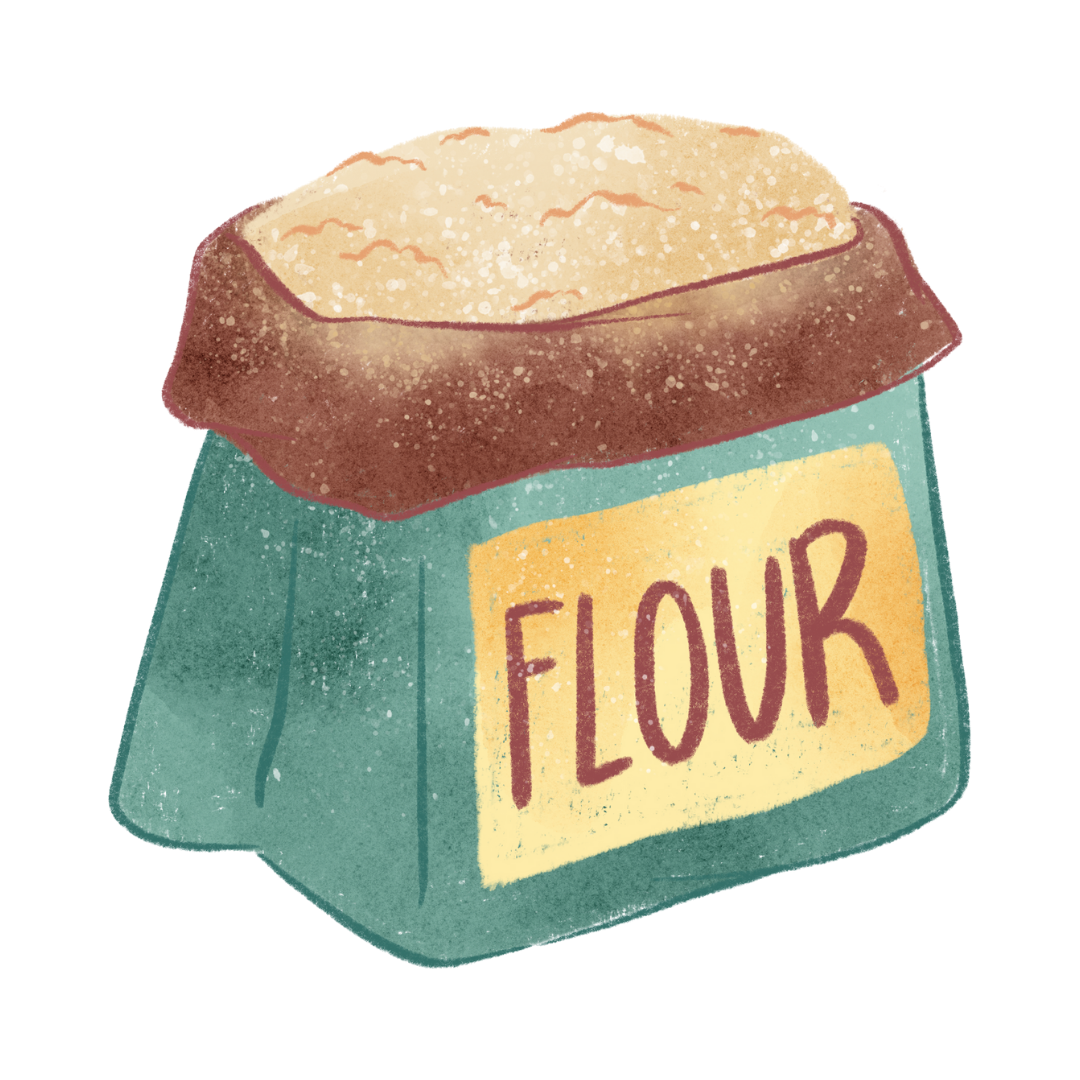
Pastry flour is used to make pastries lighter, more delicate, and less dense than those made with all-purpose flour. It makes tender pastries, and chewy cookies and is a good solution for pie crusts It can also be used in a variety of classic recipes including biscuits, cinnamon rolls, pies, and pancakes. It is typically used when baking powder or baking soda is the leavening agent.
It is made up of:
- Made from soft white or soft red winter wheat
- Has a Gluten content of 8 to 10 percent
- Made for baking delicate pastries, tender cakes, and cookies
Pastry Flour Substitute
Cake flour would be a good substitute for pastry flour. Both are weak flour that is used for making delicate baked goods, and as noted above, they share some similarities in terms of their protein contents. . All-purpose flour is intended to be used in all sorts of baking. It has a protein content of 10 percent. It won't give the best results, but it will work fine. You could also mix equal parts of all-purpose flour and cake flour by hand or by a mixer.
Types of Flour
Cake Flour
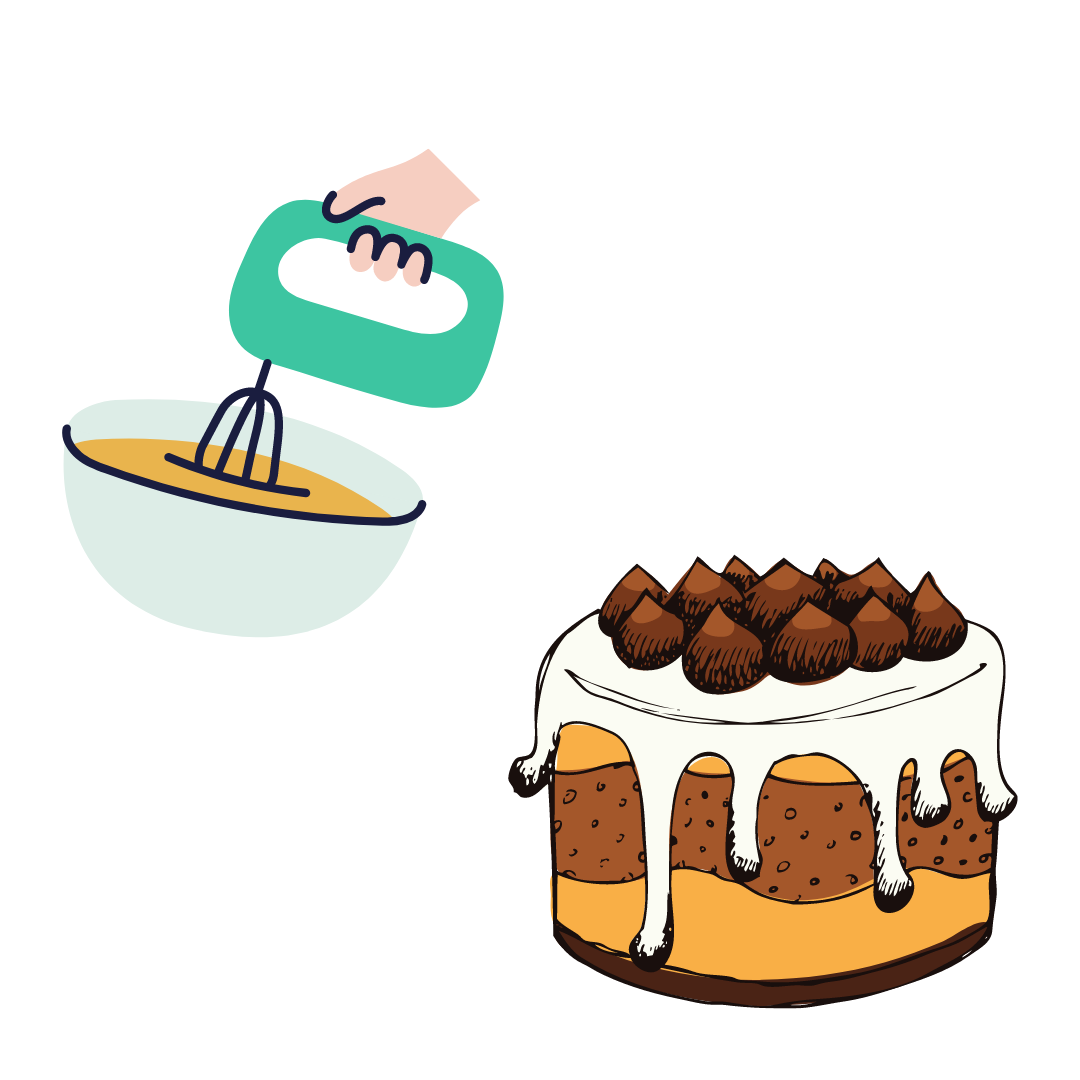
Pastry flour has a lower protein content than cake flour. They're quite similar. The content of cake flour is between 7.5 and 9 percent gluten, as opposed to 8 to 10 percent for regular flour. Depending on the particular brand, there may be some overlap between the common types of flour.
If you're baking at home, you don't need to worry about keeping both cake and pastry flour in stock. You could use this type of flour for any type of cake, including cakes, pastries, and pies. But don't try using pastry flour for baking bread. It won't give you the structure you need.
All-Purpose Flour
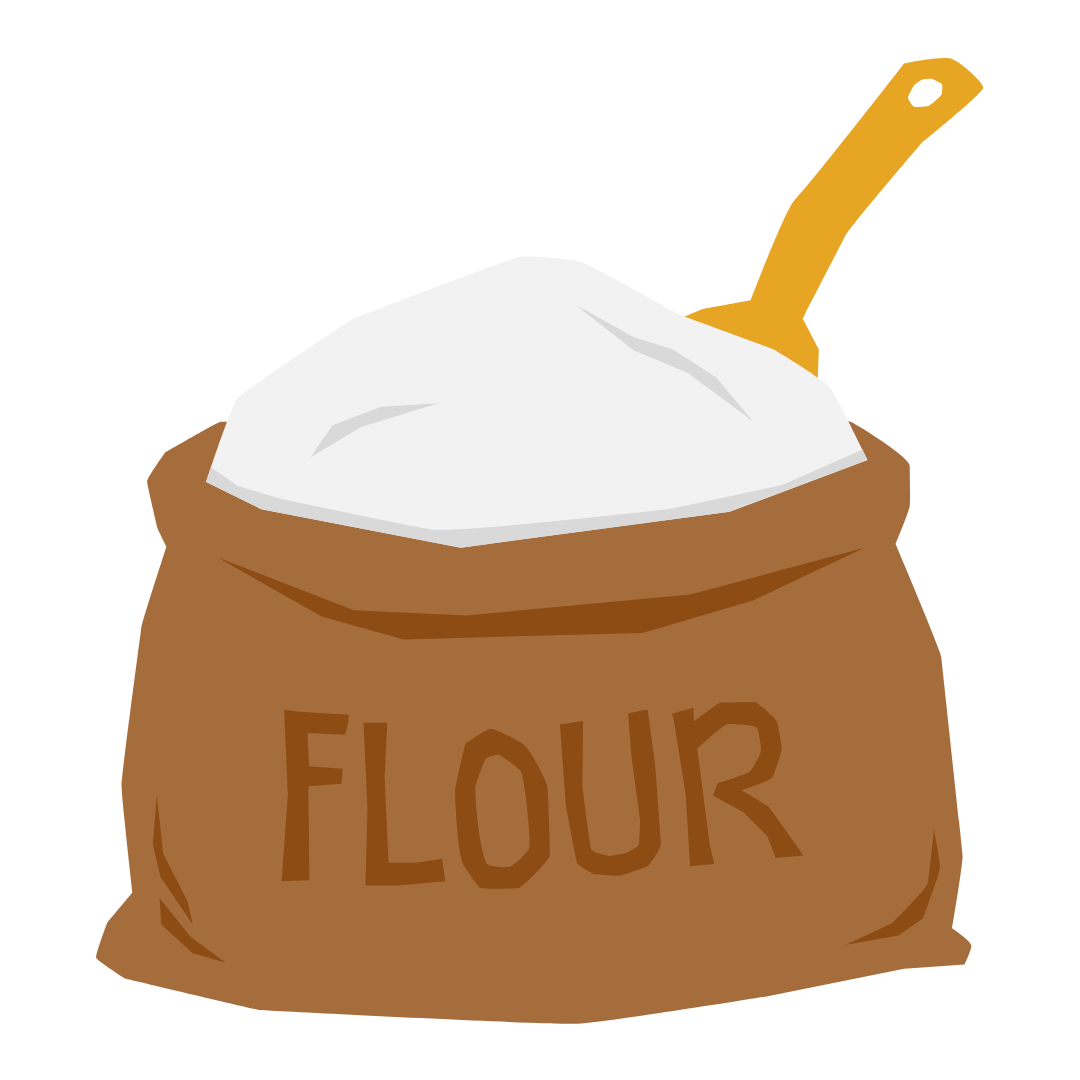
All-purpose flour is made by grinding only the endosperm of wheat seeds. It has less gluten than whole grain flour and is, therefore, more shelf-stable. It has less fiber than whole-wheat flour, but it's good for middle-of-the-road baked goods that don't need to be particularly delicate, like cookies, quick bread and brownies
Bread Flour
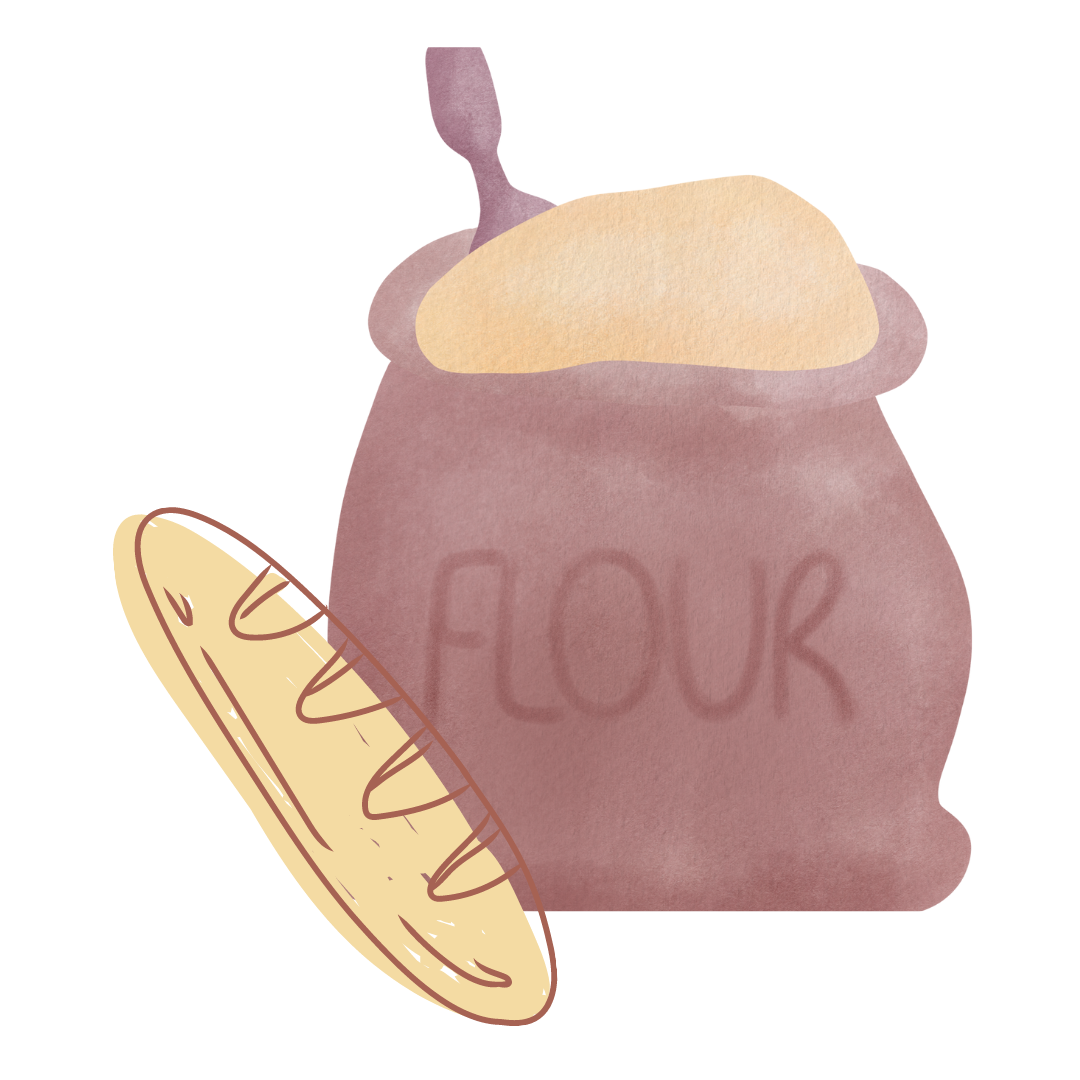
Hard wheat gives bread flour a higher protein content than soft wheat. That protein content leads to gluten development, which is helpful in anything that is supposed to be chewy and textural like bread or bagels, so keep that in mind when making them. Don't use bread flour for anything that's supposed to be tender, such as cakes and pastries.
Bleached vs. Unbleached
Bleached flour has been treated with chemicals like chlorine and benzoyl peroxide. The bleaching process can damage the starch and protein content of the flour. Unbleached flour is generally easier to work and absorb liquids, and it rises better than white flour. Most types of white bread are available bleached or unbleached.
How to Bake/Cook With Pastry Flour
Do not Overmix
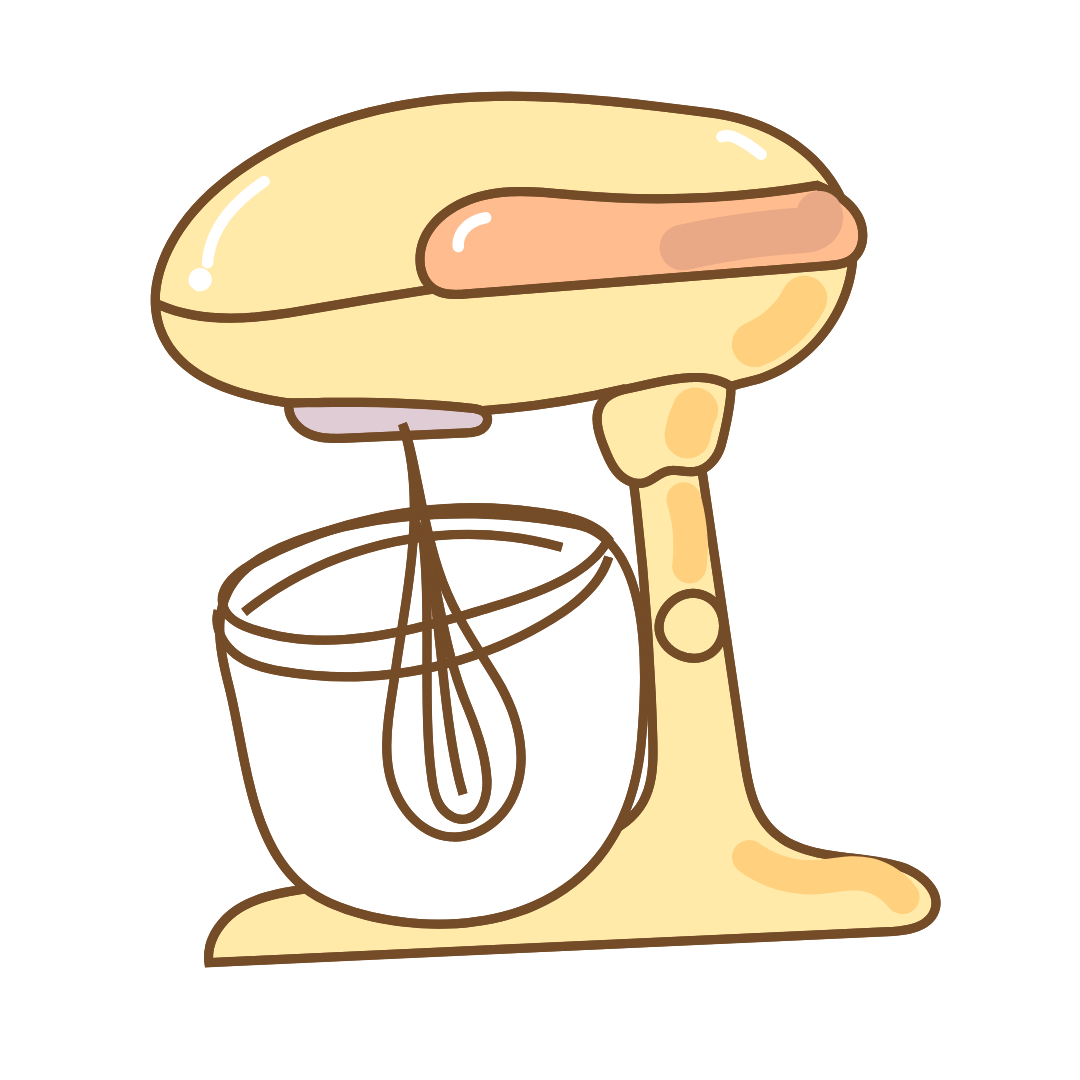
To avoid overdeveloping the gluten when making tender baked goods, it's important not overmix them. The more you kneed, stir, or otherwise manipulated the dough, the more gluten you would develop. With a hard, crusty loaf of bread or pizza crusts, knead for a long period of time to develop those long elastic strands. With pastry dough, it's not the case. Stir or mix just long enough to combine the dry and wet ingredients, and then stop mixing. If your mixing process is too long and you overmix your pastry dough, it will become tough and dense.
Proper Measurements:
-
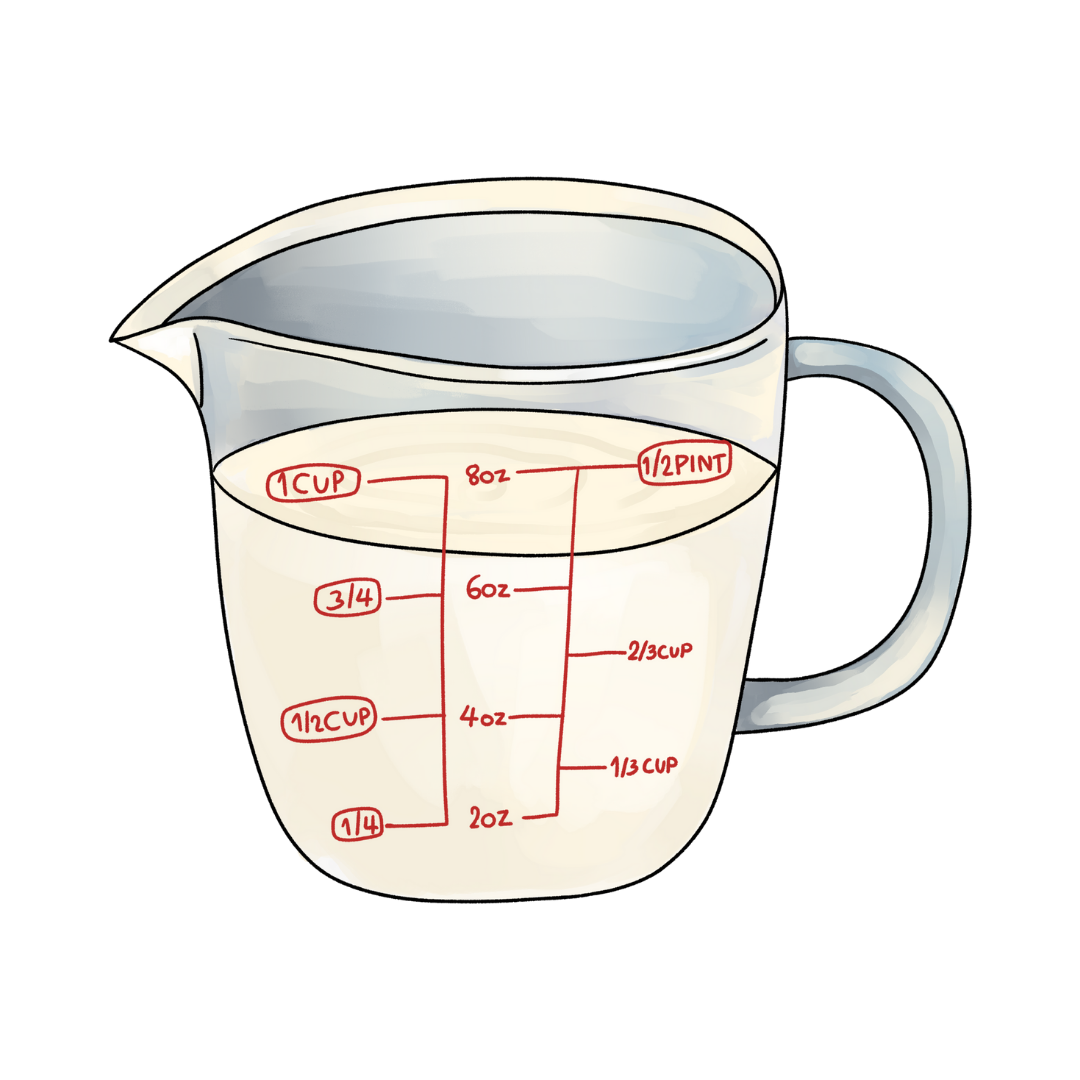
You need to measure the flour properly, and the best way to do that is using a scale.
- Using volume measurements such as cups is more accurate than measuring by weight, and helps ensure your recipes turn out correctly.
- A cup of pastry flour can range from 101 to 108 grams, depending on the type of flour. But when substituting all-purpose flour for pastry flour in a recipe, always use the full 120 grams (3 cups).
One way to bake with pastry flour is to use solid chunks of fat, such as butters, lards, or shortenings. This is the technique used for flaky baked goods, like pie crusts, pastry dough, and biscuit dough. Lumpy fats are what creates those layers of flakes within these types of doughs.
Flavor Profile
One way that foods made from pastry flour get their flavor is by combining the other ingredients, the sugars, salts, and fats, with the starches in the flour. Another way is through the caramelization of starched flour during baking. But the flour itself is not something you would eat on its own. It needs to be mixed with water and baked into bread.
Want to know how to bake in high altitudes? Check out this blog!

